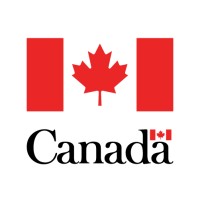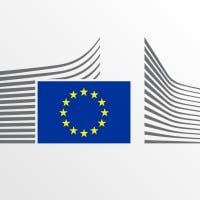
Canada Border Services Agency | Agence des services frontaliers du Canada
The Canada Border Services Agency (CBSA) ensures Canada's security and prosperity by facilitating and overseeing international travel and trade across Canada's border. Terms of Use: http://ow.ly/g7xq30ldyN6 --- L'Agence des services frontaliers du Canada (ASFC) contribue à la sécurité et à la prospérité des Canadiens en facilitant et en surveillant les déplacements et les échanges commerciaux internationaux à la frontière du Canada. Modalités d'utilisation : http://ow.ly/FUrv30r6n71






